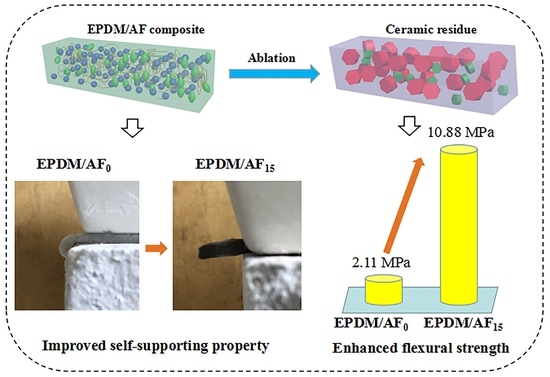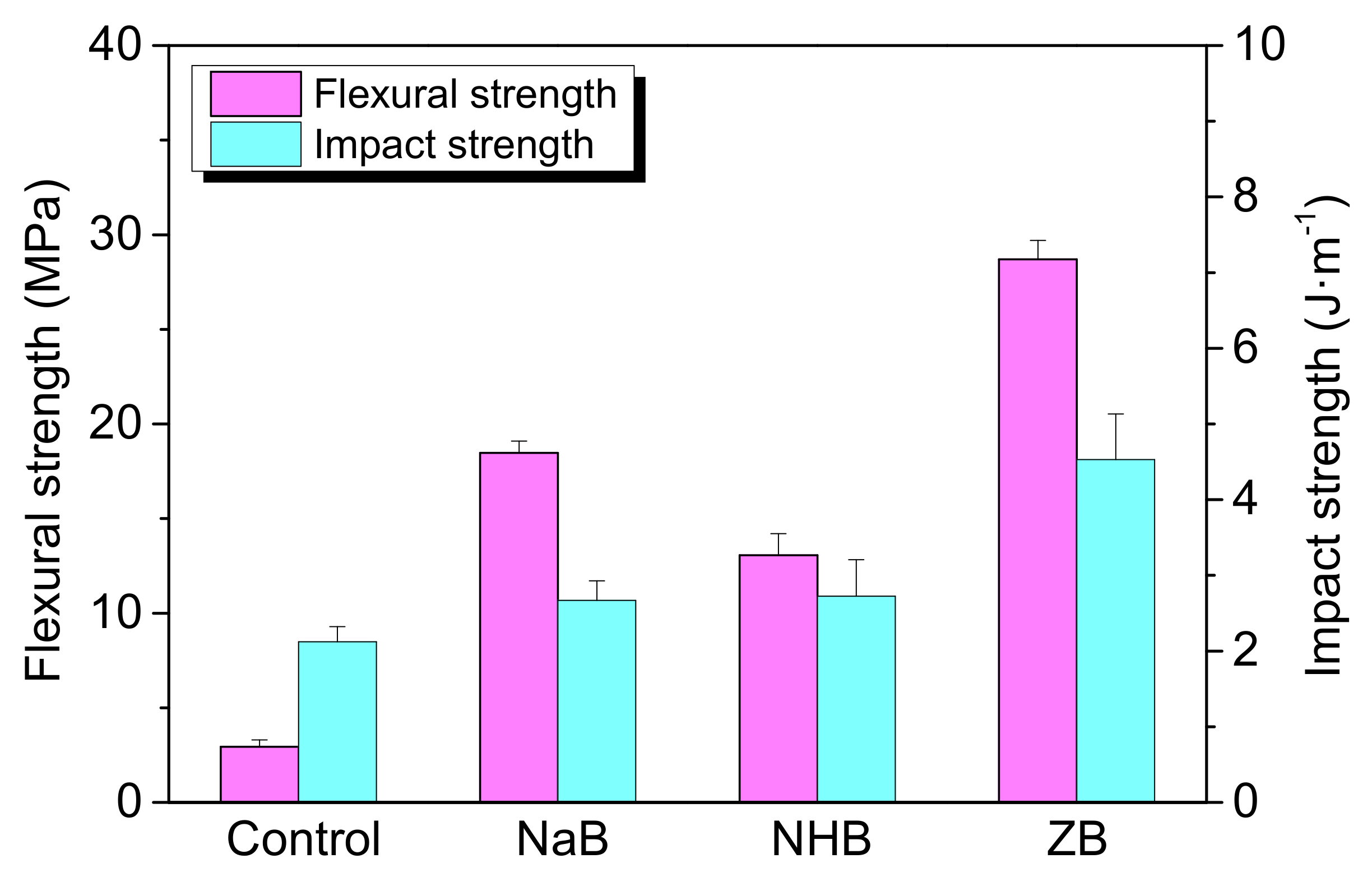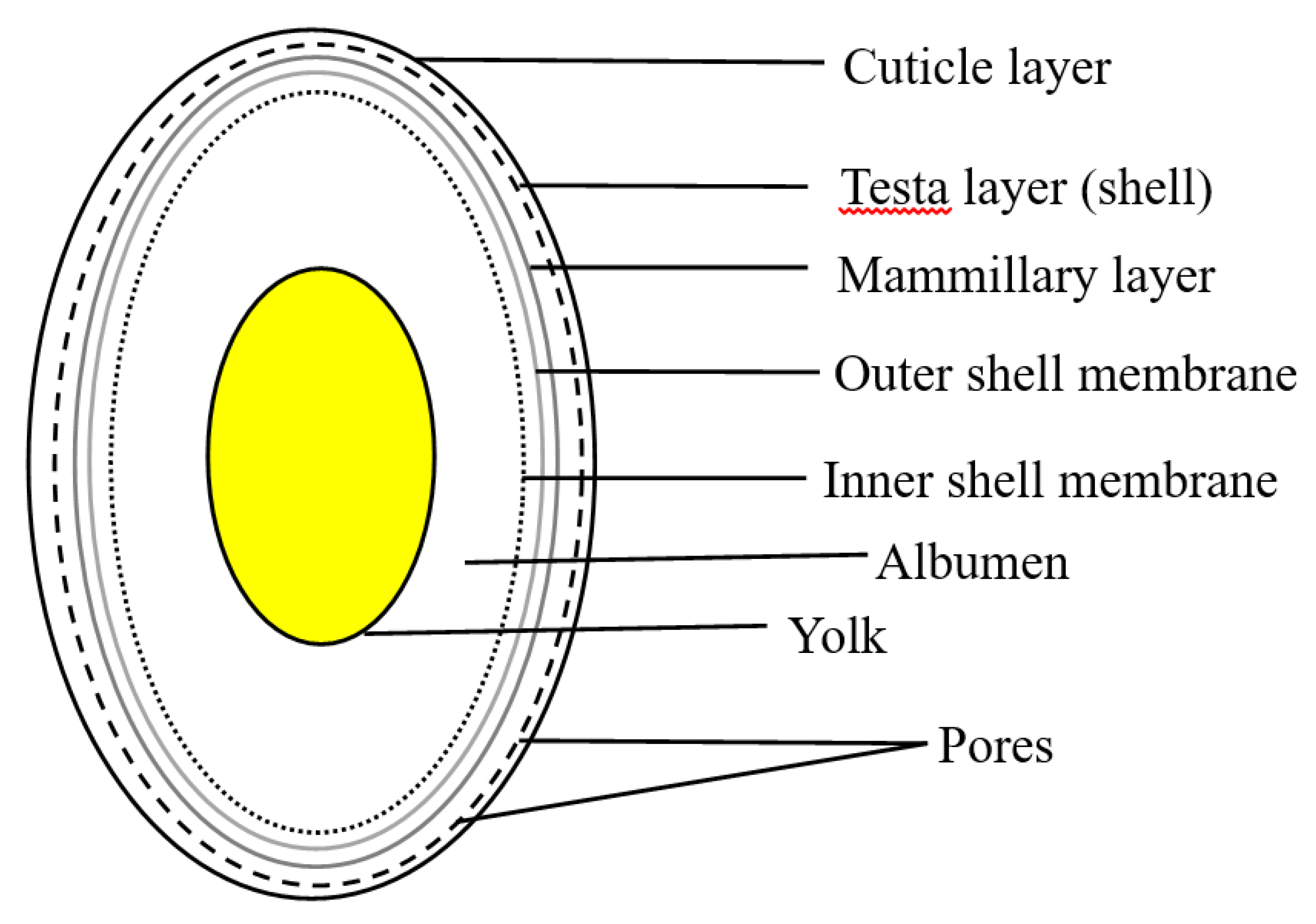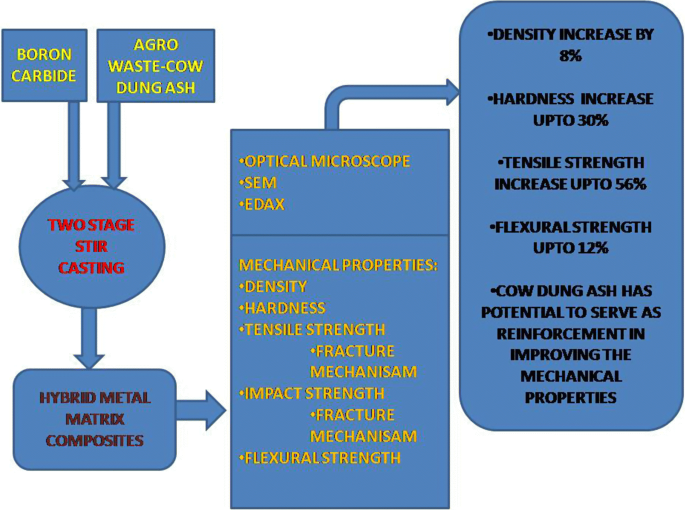Furthermore this sample achieved a density approximately 21 lower than that of the control samples providing the best flexural strength density ratio roughly 53 higher than that of alumina without si 3 n 4.
Improving flexural strength of ceramics.
Indicated that the influence of translucency on flexural strength was only established for ips e max cad but not for ips e max press.
Because monolithic ceramics exhibit brittle behaviour and low electrical conductivity cmcs have been greatly improved in the last decade.
While in the present study ips e max press and cad with different translucencies showed statistically different fbs values.
Direct laser interference patterning of bioceramics.
Quenching alumina in silicone oil increases the flexural strength.
Nozue acoustic emission from acoustic emission from micro fracture processes of bio ceramics in simulated body environment journal of acoustic emission 21 2004 149 157.
Some research showed that adding of pigments to the glass frit to modify translucent or opacity would not affect the flexural strength of the ceramic.
Due to their prominent properties mechanical stiffness strength thermal stability ceramic composite materials cmc have been widely applied in automotive industrial and aerospace engineering as well as in biomedical and electronic devices.
To promote the formation of a different crystalline phase at the surface with the intention of improving the properties of the glass ceramic by modification of the composition of the dicor ceramming embedment and 3 to evaluate the fracture.
Flexural strength and fracture toughness of dicor glass ceramic after embedment modification.
The material s fracture strength could be controlled through the three mentioned laser parameters and in an initial study significantly improved by up to 50 from initial 422 to 630 mpa for alumina and 833 to 1250 mpa for zirconia.
Fabian fonzar et al.
The average strength after quenching is 128 000 psi 880 mpa compared to 85 000 psi 590 mpa for the unquenched control.
Thus these ceramics show great potential for utilization in advanced ceramic protections where weight is a major limiting factor.
The results indicate that the tensile strength increases as the number of plies are increased.
Samples with 10 wt of silicon nitride displayed the highest fracture toughness and the best flexural strength.
Zirconia and alumina ceramics restorative materials were treated with laser interference direct structuring using the third harmonic of a short pulse nd yag and tested in a three point bending test.
The tensile strength of a phenolic woven fiberglass laminate construction with 1 ply 2 ply and 3 ply thicknesses was tested inserted into the mechanical model and compared to existing flexural data on sandwich panels tested by zodiac aerospace.



























